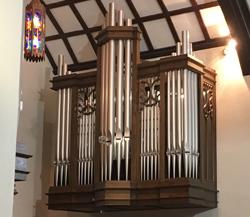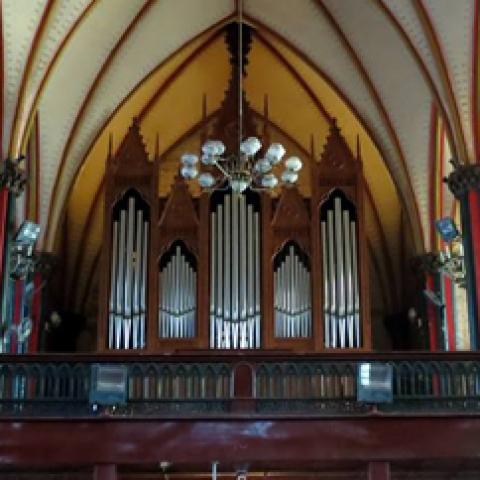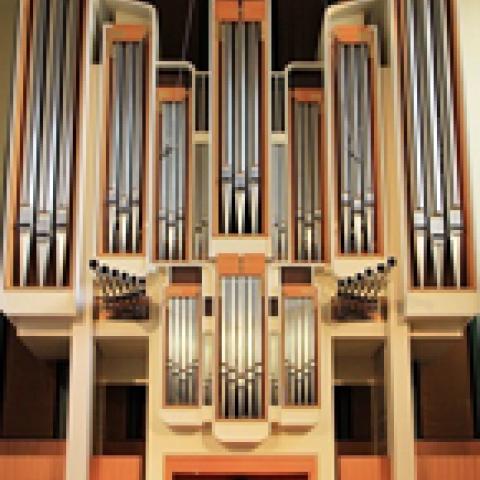
Casavant Frères, Limitée, Saint-Hyacinthe, Québec, Canada, completed a new organ for First Lutheran Church, Bemidji, Minnesota, in time for celebration of the 500th anniversary of the Reformation in October 2017. The two-manual, 25-rank organ included a flute stop especially developed to mimic the sound of the traditional Native American Bibigwan, as Bemidji is the central hub of multiple Indian reservations.
On November 1, All Saints’ Day, Christ Church, Washington Parish, on Capitol Hill, Washington, D.C., dedicated its new two-manual, 17-rank Casavant organ.
For information: www.casavantfreres.com.
The Casavant organ at First Lutheran Church, Bemidji, Minnesota






